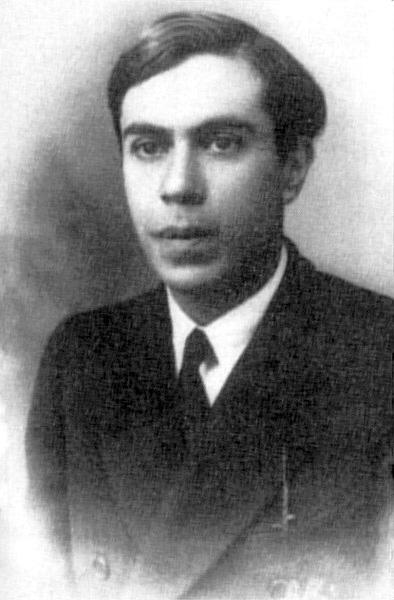Leo Kouwenhoven is a professor of physics at Delft University of Technology in the Netherlands. He ended the 75-year hunt for the Majorana fermion—a particle that is its own antiparticle—by creating it on a chip.
Lisa Grossman: What is a Majorana fermion?
Leo Kouwenhoven: It is named for the physicist Ettore Majorana, who found that a particle could be its own antiparticle. If a particle has properties with values unequal to zero, then its antiparticle has the opposite values. What that means is that all the properties of a Majorana fermion, the charge, energy, what have you, it’s all zero. It is a particle, but it doesn’t have properties that we can measure. That makes it very mysterious. It also makes it difficult to find.
LG: Why hunt for these tricky particles?
LK: My background is quantum computing. Measurement is problematic for a quantum computer, because observation changes the quantum state. But if you don’t have an apparatus that can measure a Majorana fermion, you cannot change it. Its insensitivity makes it a robust quantum state. This could lead toward qubits that do not collapse. Usually everything dies, but these would be very robust and could live for a long time.
LG: Qubits store information. How would these particles do that?
LK: The information is stored in a topological number. It’s like in a Möbius ring: There is just one twist. You can deform the ring, but it doesn’t change the twist number. If the twist number is the code for information, that’s a very robust way of encoding.
LG: As someone who isn’t from a particle physics background, how did you get into the particle-hunting game?
LK: In condensed matter physics, we also hunt particles—known as quasiparticles. They’re not so well-known as the high-energy particles they’re chasing at CERN. In the last decade or so, the field has discovered some very interesting quasiparticles. One of them is the Majorana.
LG: How did you find the Majorana?
LK: We made one. The Majorana comes out of the superposition of an electron and a “hole”—the absence of an electron in a metal. By applying a magnetic field to semiconducting nanowires laid across a superconductor, you can move electrons along these wires, creating two points in space that each mimic half an electron. The electrons go back and forth, so the hole jumps from left to right. If it spends an equal amount of time on each side, then, quantum mechanically, it’s in a superposition of being on the left and right. If it’s stable, then we call it a particle. It’s not a Majorana that only comes by quickly and then is gone again. You can keep it and look at it as long as you like.
LG: Now you’ve found the Majorana, what’s next?
LK: Usually, if you exchange two particles, their quantum state changes by 1 or -1. If you change it once more, it goes back to the same old state. In contrast, the Majoranas have different phase factors, so you only go back to your old state by switching four times, instead of two. There’s no other particle in nature that we know of which has this property. So it’s not just a new particle; it also opens up a new class of particles. I’m not sure if they exist in nature, but I think we can create them by designing nanostructures. And I think that’s extremely cool.
This article originally appeared in New Scientist.
